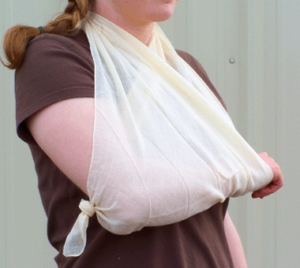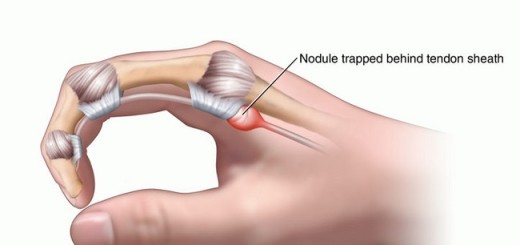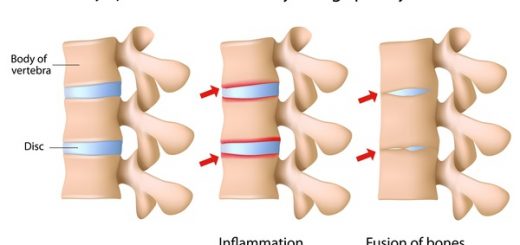The first aid management of fractures

The correct first aid management of fractures is important as this will reduce pain and promote fracture healing.
When treating all fractures, or suspected fractures, the following first aid steps should be followed:
• The injured part must be visualised. Clothes should be cut off, not pulled off, unless there is only an isolated injury that presents no problem with maintaining immobilisation
• Check and record distal sensation and circulation before and after splinting. Check movement distal to the fracture if possible or observe any motion of an unconscious patient when a painful stimulus is applied
• Use the most appropriate splint that will immobilise one joint above and below the injury and either side of the injury, but never put pressure directly over the injury
• Before handling a fractured, or suspected fractured, limb, explain to the patient what you are going to do
• Reduce pain by administrating analgesia (if trained) before attempting immobilisation
• Pad the splint well, especially if there are any bony prominences that might press against the splint
• Do not attempt to push bone ends back under the skin. If traction is applied and the bone end retracts back into the wound do not increase the amount of traction further and inform the receiving ambulance crew or hospital
• Check at regular intervals to see that the bandages, or splint, have not become too tight due to subsequent swelling
Want to learn more about first aid for fractures? Sign up to one of our free online first aid training classes.





